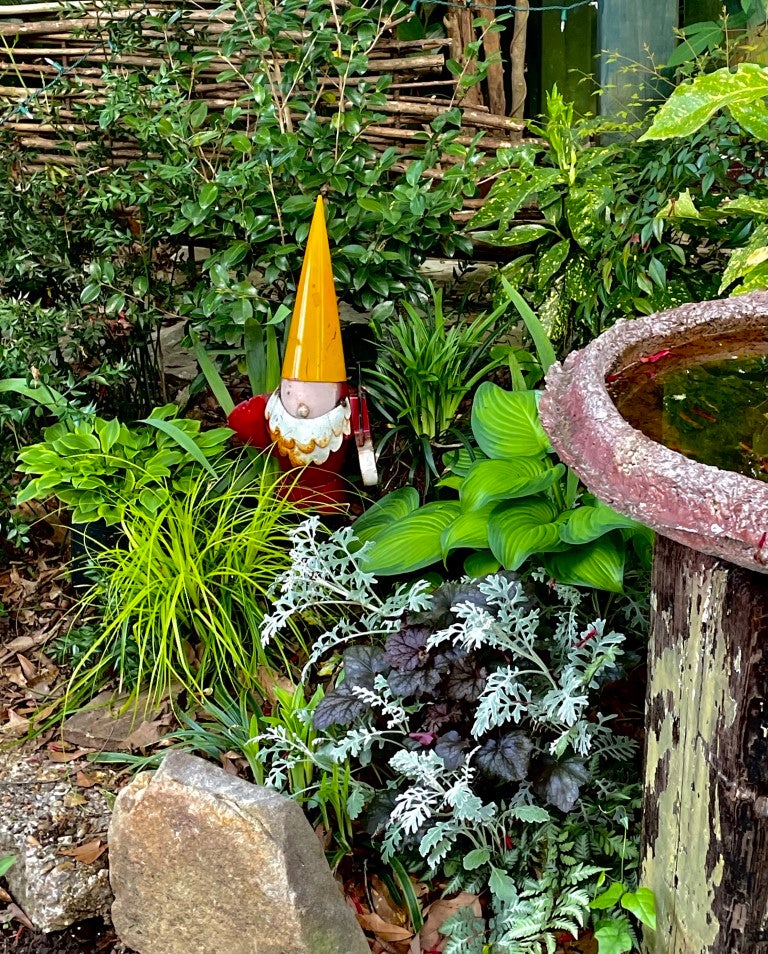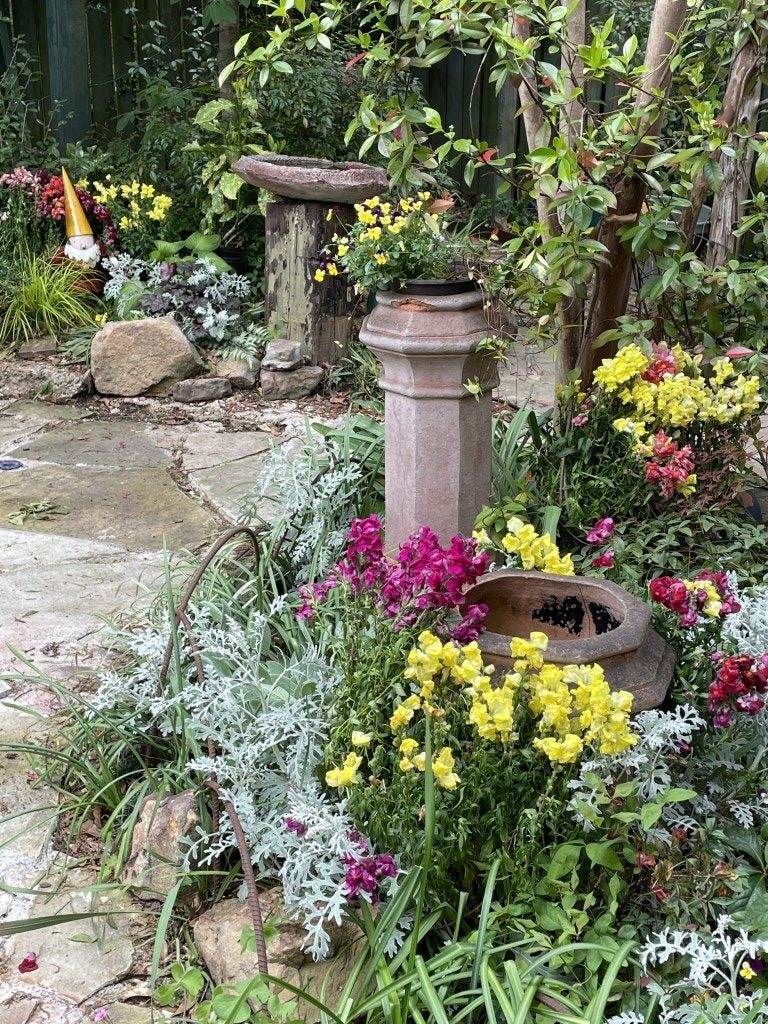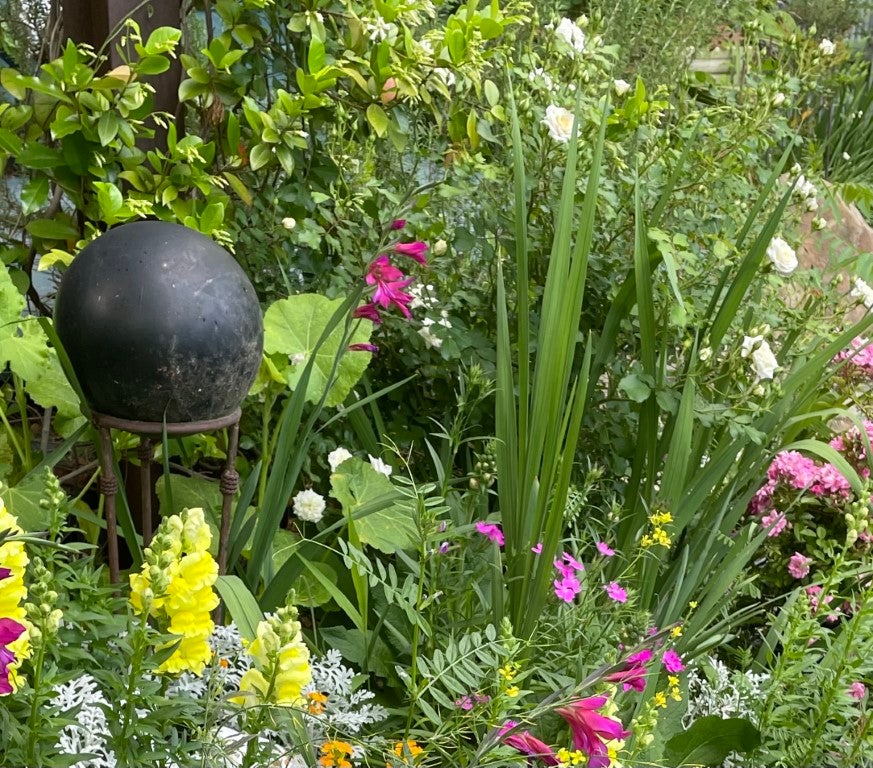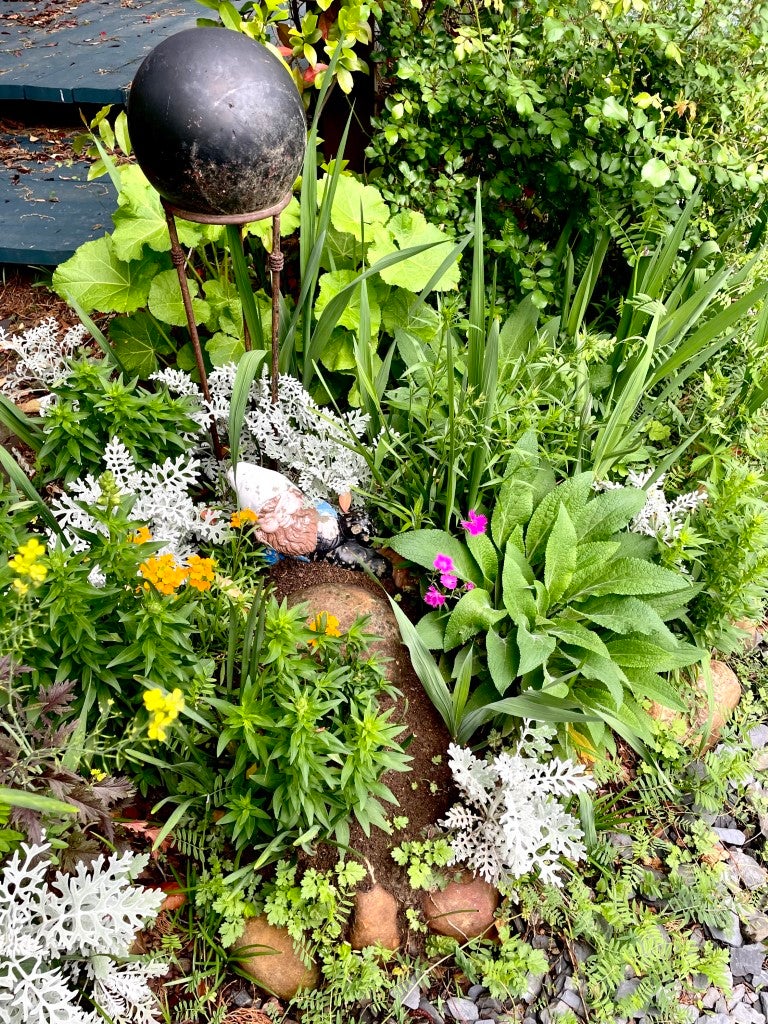Felder has been living, gardening in England part time
Published 6:30 pm Wednesday, February 1, 2023
|
Getting your Trinity Audio player ready...
|
I have been living and gardening part time in England for years, and photographing British and Irish gardens for decades. Here are my thoughtful observations of why their gardens seem so charmingly foreign.
Not that it’s all lilacs and foxgloves; England has its share of all-grass or graveled-over gardens, but those are not the norm. But they have had centuries to turn their small spaces into private oases.
And their plants aren’t all that different. Sure, we salivate over the two or three notable dozen that require longer cool winters or won’t tolerate our hot humid summers, But I see mostly the same stuff I grow in Jackson, including more of our own natives than I see in Mississippi gardens. I have an entire photo-filled blog on that.
First thing to notice is that a lot of overseas gardens are usually laid out from the front door looking towards the street, backwards from how we Americans do it. And most are enclosed with fences, stone walls, tightly-pruned low hedges, and gates; after all, the concept of “guarded area” is where we get the word garden.
Another huge difference is in how we approach lawns. Unlike our default wall-to-wall carpets, lawns in other cultures are invariably smaller “throw rugs” or wide meandering grassy walks. Where we carve beds out of the lawn, British garden designers do the opposite, by first deciding what shape and size they want the lawn to be. The leftover spaces, the shrub and flower beds, are then mulched heavily and gradually filled with an astonishing assortment of plants of all shapes, sizes, and seasons.
And British lawns are crisply edged with shallow “border” ditches, stones, or bricks to distinctly mark where the grass stops and other stuff begins. Literally and visually this edging makes all the difference, both in maintenance and how even a very tiny patch of grass can shine like a gem.
By the way, practical British gardeners are totally fine with no lawn at all, going instead with moss, gravel, flagstone, cobblestone, or patterned pavement. And interestingly, everywhere I go there I see high-quality synthetic turf; some modern brands are so realistic, woven with different hues of green and some brown artificial thatch, even I have to touch it to make sure.
And invariably their best real lawns feature a few seasonal daffodils, violets, or other low growing flowers, indicating that herbicides aren’t overused. The inventors of the original lawn mower simply mow what grows.
As for plants, because no two gardeners ever use the same ones in the same arrangements, it’s impossible to mess up. Some are roundish, some spikey, some frilly; they have colorful foliage or seasonal fruit, and vegetables and herbs can be used like flowers. Even pots are overstuffed with different plants including small shrubs and cascading vines.
Main thing for a cottage garden is to reduce the lawn, then mix lots of different plants, basically plopped wherever you want, and add more and more as you get around to it or feel like it. Don’t be afraid to move or even remove and replace what doesn’t work.
And then accessorize. Besides the aforementioned hard features, the low walls or fences, a unique gate, and arbors, small vine-covered trellis, all-weather steps and paths, comfy seating, and assorted containers, all good gardens also include personalized accessories such as a standing stone, signage, door decoration, pigeon house, birdbath, chimney pot, or a gnome or two (or more).
A British cottage garden, after all, is not all that different, or hard; think cluttered den instead of a formal sitting room. Can’t mess up.
Felder Rushing is a Mississippi author, columnist, and host of the “Gestalt Gardener” on MPB Think Radio. Email gardening questions to rushingfelder@yahoo.com.








